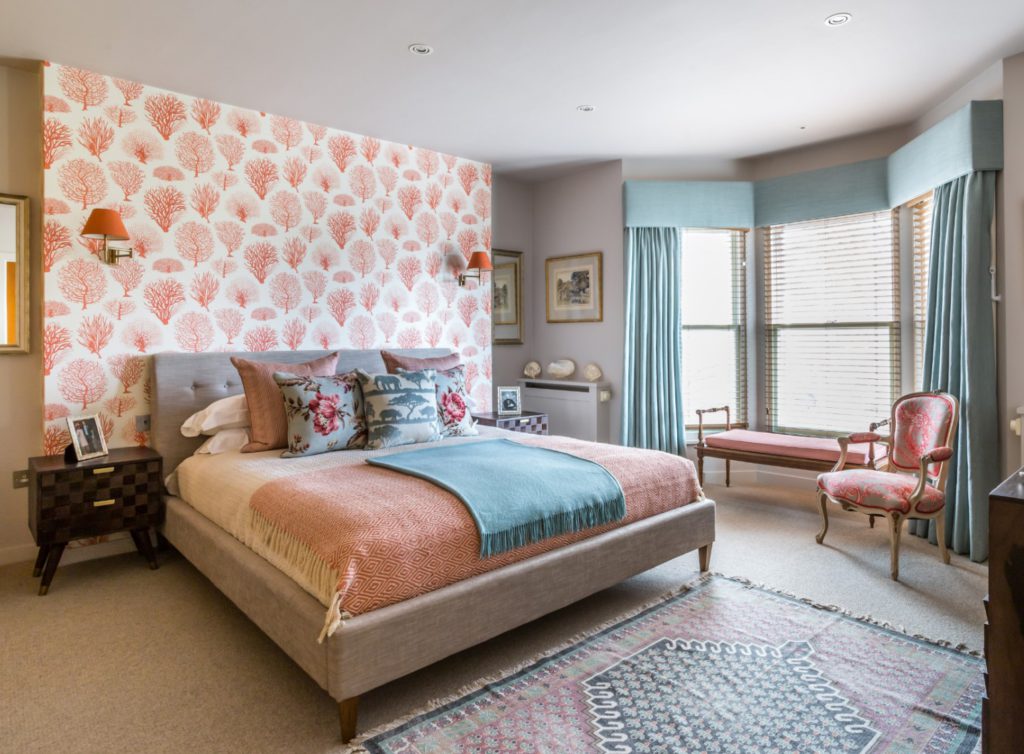Home design is an art form that combines aesthetics and functionality to create a space that is both beautiful and comfortable. However, achieving the perfect balance between form and function is not always easy. To create a harmonious space, designers must pay close attention to proportions, balance, and flow. In this article, we will explore the science behind home design and provide tips on how to incorporate these principles into your home.
Proportions
Proportions refer to the size and scale of objects in a space. A well-designed room should have a balanced mix of large and small pieces, creating visual interest and depth. When selecting furniture, it’s important to consider the size of the room and the scale of the pieces. For example, a large sectional sofa may overwhelm a small living room, while a small loveseat may look out of place in a large family room.
Another important aspect of proportions is the use of negative space. Negative space is the area around and between objects in a room. It’s important to leave enough negative space to allow the eye to rest and prevent the room from feeling cluttered. For example, a minimalist design may incorporate a few carefully selected pieces of furniture in a room to create a sense of spaciousness and calm.
Balance
Balance refers to the distribution of visual weight in a space. A well-balanced room should have a sense of equilibrium, with no one area feeling heavier or more dominant than another. There are three types of balance: symmetrical, asymmetrical, and radial.
- Symmetrical balance involves placing identical objects on either side of a central point, creating a mirror image effect. This type of balance is often used in formal designs, such as traditional living rooms or dining rooms.
- Asymmetrical balance involves using different objects of equal visual weight to create a sense of balance. This type of balance is often used in modern or eclectic designs.
- Radial balance involves placing objects around a central point, creating a circular pattern. This type of balance is often used in round rooms or in designs that feature a focal point.
Flow
Flow refers to the way people move through a space. A well-designed room should have a natural flow that allows people to move from one area to another with ease. When designing a space, it’s important to consider the function of the room and the way people will use it. For example, a kitchen should have a clear pathway from the stove to the sink to allow for easy cooking and cleaning.
Another important aspect of flow is the use of color and texture. By using color and texture to create a sense of continuity throughout a space, designers can create a cohesive design that feels unified and harmonious.
Understanding the science behind home design is essential for creating a harmonious space that is both beautiful and functional. By paying close attention to proportions, balance, and flow, designers can create a space that feels balanced, inviting, and comfortable. Whether you’re designing a new home or simply redecorating a room, incorporating these principles into your design will help you achieve the perfect balance between form and function.

